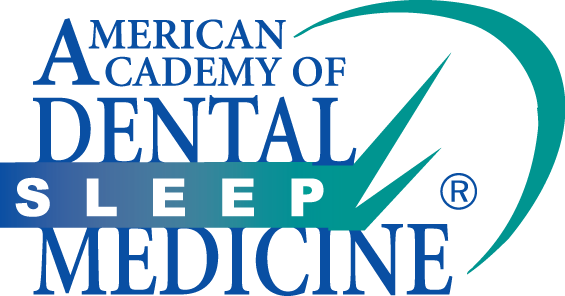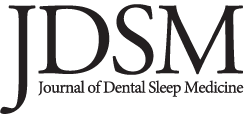
Editorial 1, Issue 12.4
Electronic Mandibular Advancement Devices in Dental Sleep Medicine: Promise, Questions, and Responsibilities in a New Technological Era
http://dx.doi.org/10.15331/jdsm.7406
Jean-François Masse, DMD, MSc, FACD, Diplomate, ABDSM
Editor-in-Chief Journal of Dental Sleep Medicine
Universite Laval, Quebec City, Quebec, Canada
Introduction
The integration of electronic chips into mandibular advancement devices (MADs) represents an intriguing and potentially transformative step in dental sleep medicine. These sensors are being promoted in various ways—some announcements suggest they may empower patients to monitor their own sleep health, while others point to possible use in physician billing for remote monitoring. Dentists may also envision a role in calibration and follow-up. Yet, as of this writing, full FDA clearance (for diagnostic/therapeutic medical device) has not been finalized for some of the chips, and we do not yet know the approved scope of use. Before we draw firm conclusions, it is important to pause and consider the opportunities, uncertainties, and responsibilities that this technology introduces.
Opportunities: Toward More Personalized, Data-Driven Care
If approved, embedded sensors could open the door to more individualized therapy. Continuous data on usage, position, or basic physiologic metrics may help identify treatment failures earlier, support more precise titration, and enrich our understanding of response variability. In this sense, these devices might join a growing toolbox of digital health technologies—ranging from apps to wearables to home sleep apnea testing—that extend care beyond the clinic.
They may also support longer-term monitoring and give patients new ways to engage with their therapy, an appealing concept in an era of personalized medicine.
Questions of Reliability, Regulation, and Data
With innovation, however, come questions. What happens if the chip fails? Who is responsible for replacement costs? And most critically: what data is collected, who has access to it, and in what form?
To date, manufacturers have not clearly outlined what information remains private to patients versus what is shared with clinicians or stored by the company. Nor do we know whether transmitted data is deidentified. Without this clarity, speculation risks outpacing reality. Assuming FDA clearance is forthcoming, perhaps the most constructive step would be to invite manufacturers to describe the technology directly—what data is captured, how it is processed, and how they envision it being used by patients and clinicians.
Data Concerns in Context
It is important to recognize that concerns about patient data extend beyond this single device. Apps, wearables, and HSATs already generate sensitive health information, and state and federal regulations provide some protections. Still, vigilance is warranted. As a profession, we should ask: Are patients fully informed about consent? Will they have the ability to revoke access? Will they understand how their data may be stored, shared, or monetized?The issue is not whether these new sensors are uniquely risky, but rather how they fit into an expanding ecosystem of digital health tools that demand responsible oversight.
The Role of Evidence
Another key consideration is whether these new sensors will truly improve patient outcomes. More data does not automatically mean better care. If the metrics collected are not strongly correlated with treatment success, or if they add complexity without actionable benefit, the promise may prove illusory. Before widespread adoption, we should insist on published evidence—not just marketing claims—demonstrating clinical value.
Professional Responsibility
The American Academy of Dental Sleep Medicine (AADSM) is well positioned to guide this conversation. By convening manufacturers, clinicians, ethicists, and regulators, the Academy can help establish standards for transparency, consent, and clinical integration. Clarifying expectations before adoption will help ensure that innovation serves patients rather than the marketplace.
Conclusion: Proceeding with Caution and Clarity
Smart MADs could reshape how we approach dental sleep medicine, but only if their promise is matched by transparency, evidence, and ethical safeguards. As clinicians, we must remain cautious, informed, and patient-centered, resisting the temptation to let novelty run ahead of science.
Innovation should be welcomed, but always with the reminder that our role is not simply to collect data—but to interpret it wisely, protect our patients, and ensure that new tools strengthen the trust at the heart of care.
CITATION
Masse, JF. Electronic Mandibular Advancement Devices in Dental Sleep Medicine: Promise, Questions, and Responsibilities in a New Technological Era. J Dent Sleep Med. 2025;12(4)SUBMISSION AND CORRESPONDENCE INFORMATION
Submitted in final revised form October 1, 2025
Address correspondence to: Jean-François Masse, DDS, MSc, FACD, D.ABDSM, Professor, Universite Laval, 2780 Masson #200, Quebec City, QC, G1P 1J6, Canada; Tel: 418871-1447; Fax: 418-871-4983; Email: jean-francois.masse@fmd.ulaval.ca
PDF
